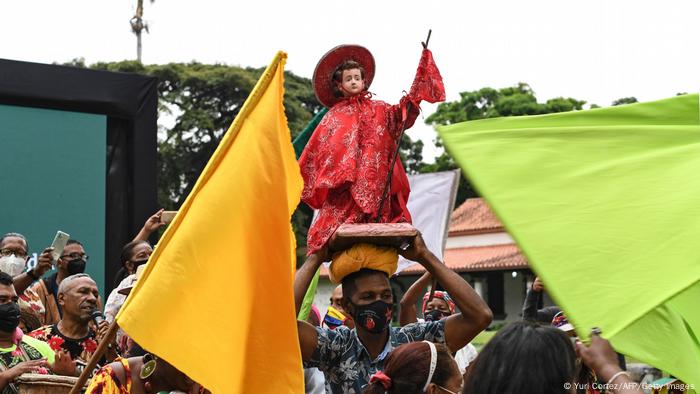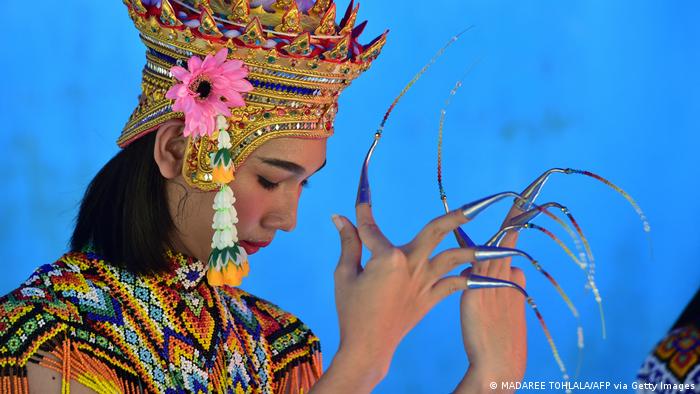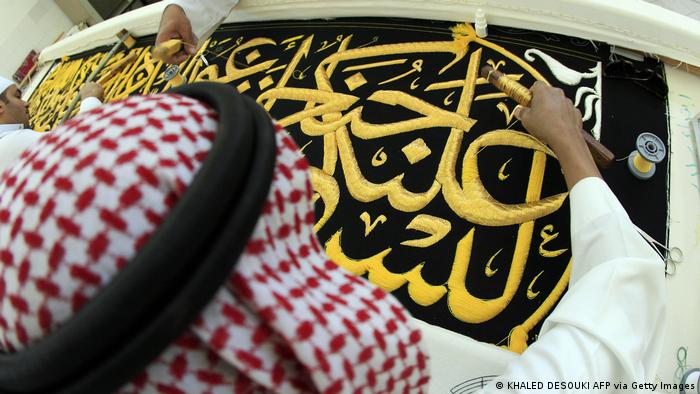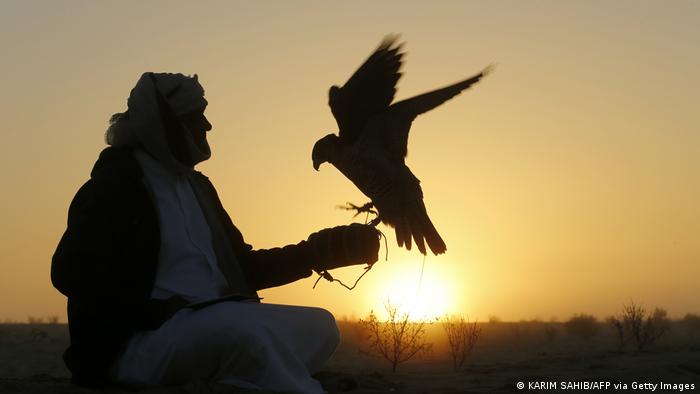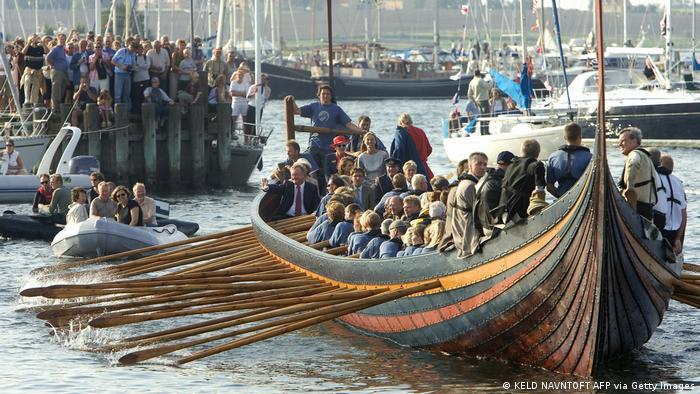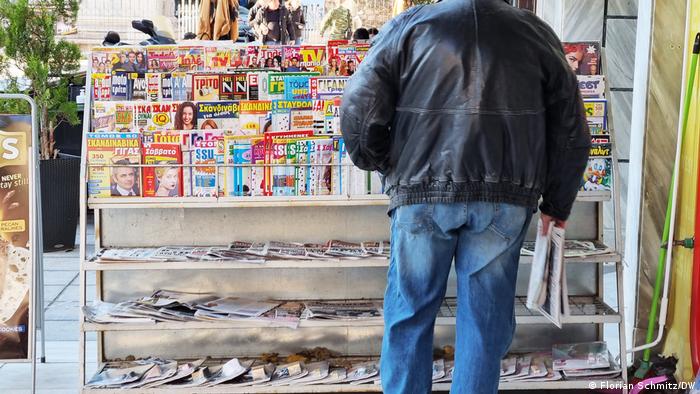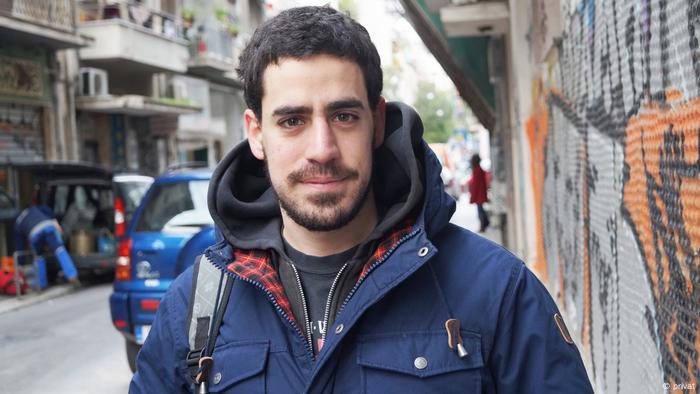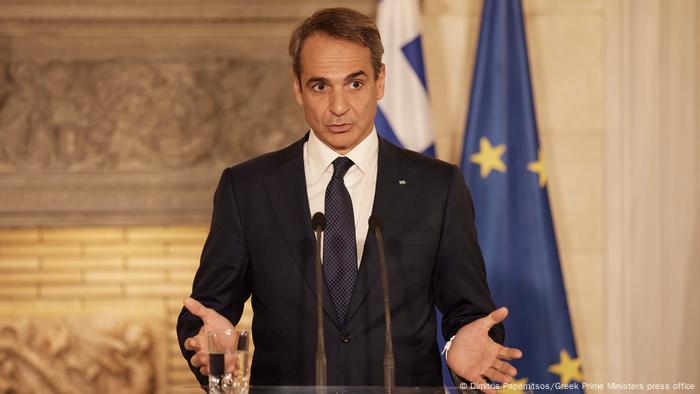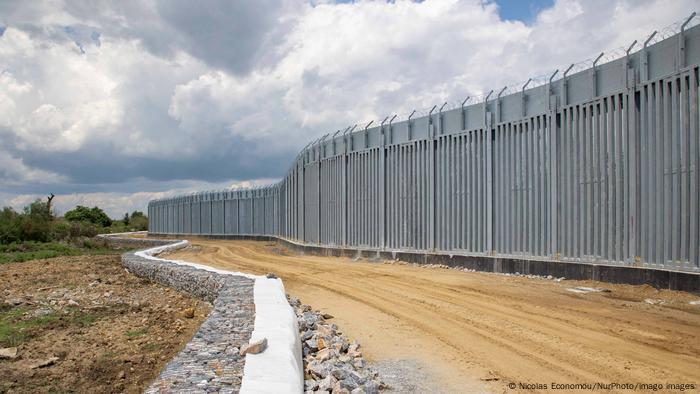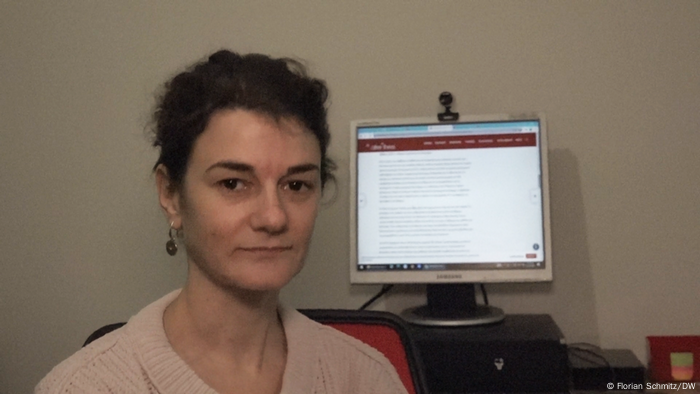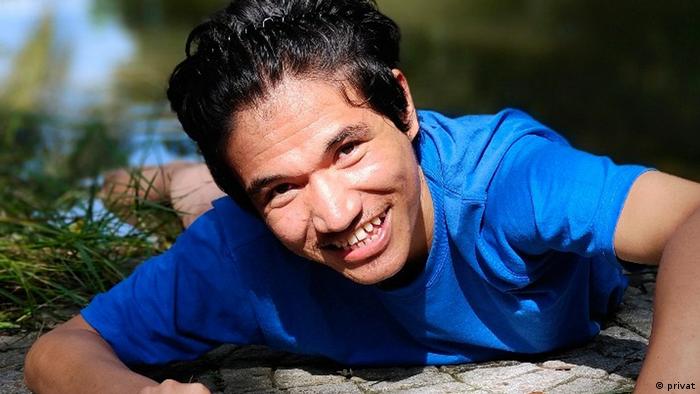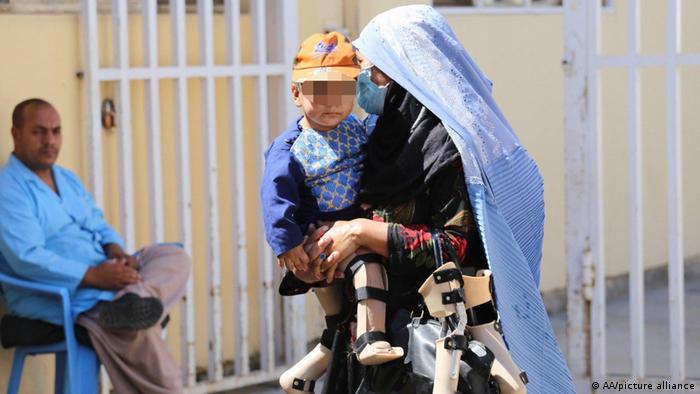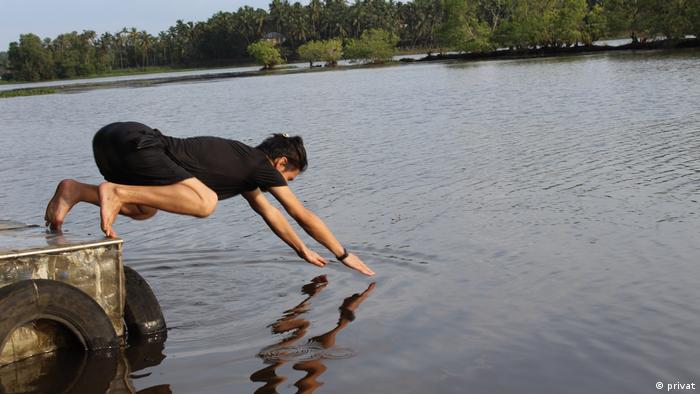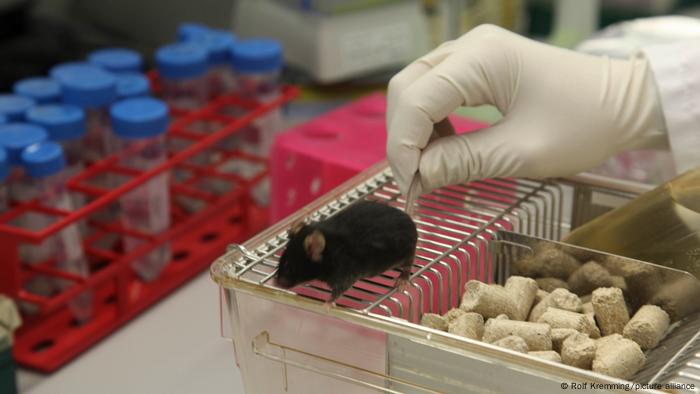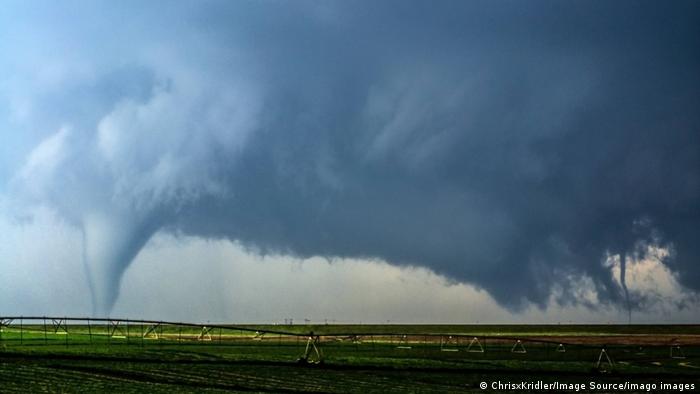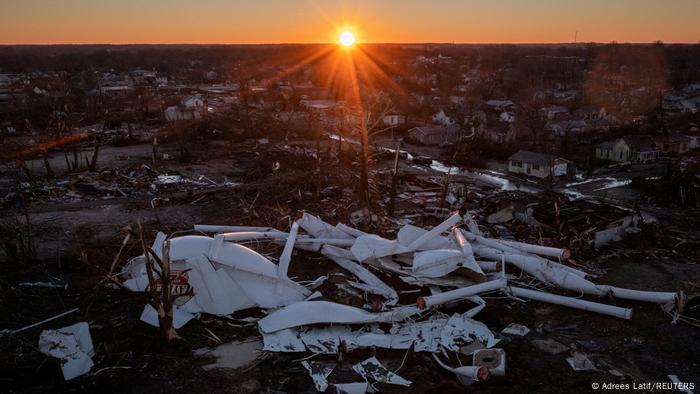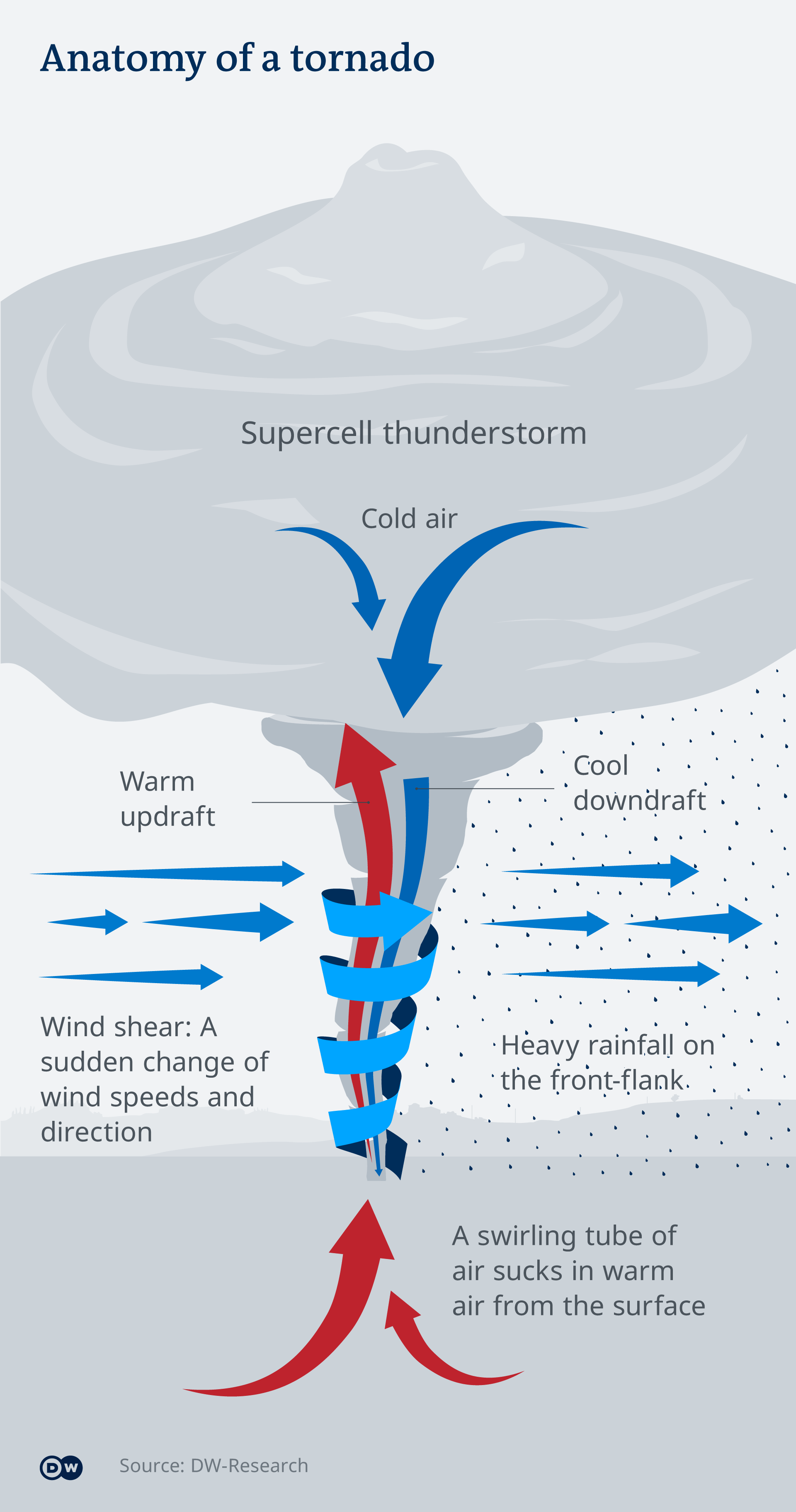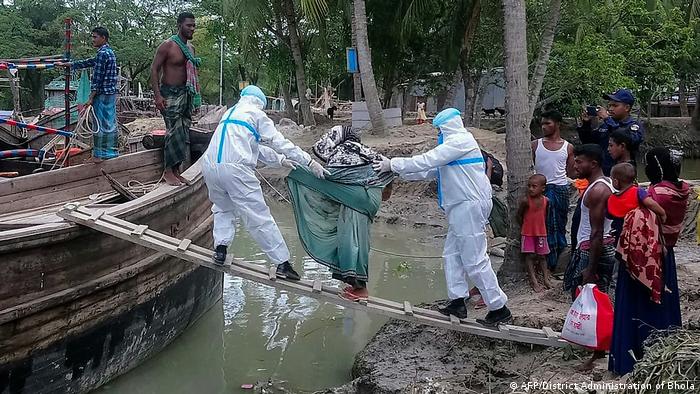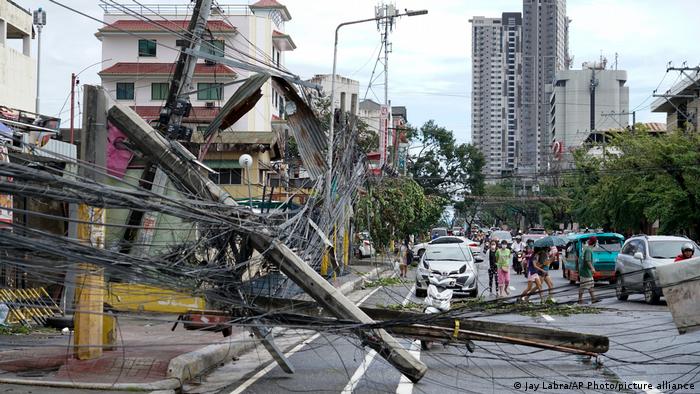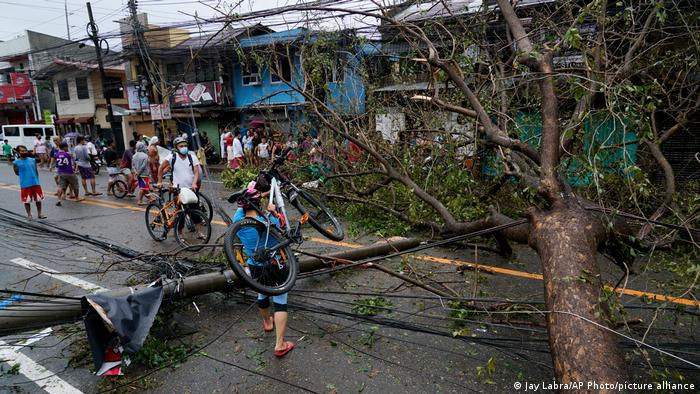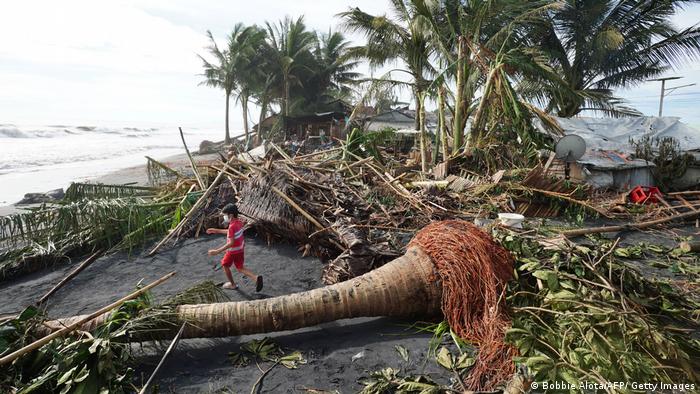Austrian lawmakers have approved a law that legalizes assisted suicide for seriously ill people, subject to tight rules. A law banning the practice was set to expire, which would have left the matter unregulated.
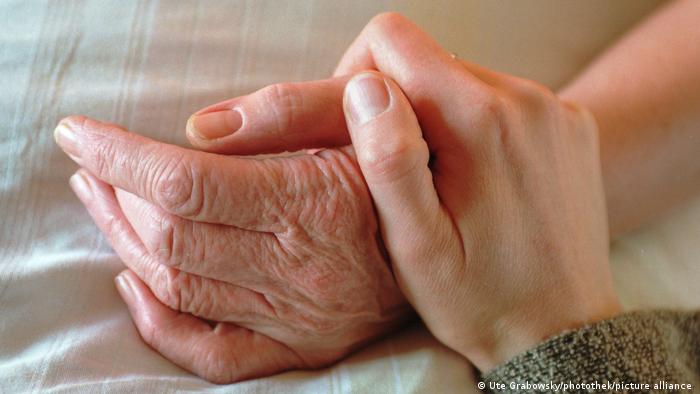
The practice would have effectively become unregulated, had there been no legislation
The Austrian parliament on Thursday voted to legalize assisted suicide from January after a court ruling said its ban breached fundamental human rights.
The ban would have expired at the end of this year anyway, and the new legislation means it can only take place in accordance with strict criteria.
What conditions must be met?
The Assisted Suicide Act gives the option of an advance directive — similar to a living will — only to people over 18 who are terminally ill or suffer from a permanent, debilitating condition.
Each case is to be assessed by two doctors, one of whom would have to be an expert in palliative medicine. As part of their duties, they must determine whether a patient is opting for euthanasia independently.
At least 12 weeks must pass before a patient is granted access to the procedure, to ensure that euthanasia is not being sought due to a temporary crisis. However, for patients in the "terminal phase" of an illness, the period can be shortened to two weeks.
The individual would then draw up their will with a notary or a patient advocate before being able to obtain a lethal drug from a pharmacist.
Why is this happening now?
The new regulation became necessary after Austria's Constitutional Court lifted the ban on assisted suicide. Judges said the prohibition violated the individual's right to self-determination.
Had it not been passed, euthanasia would no longer have been banned from the end of this year and the practice would effectively have become unregulated.
Austria's governing conservative Austrian People's Party (ÖVP) partnered Greens supported the law in the National Council, along with the opposition Social Democrats and the liberal Neos party. The only disagreement came from the far-right Freedom Party of Austria (FPÖ). (DROP FREEDOM FROM THEIR NAME)
Justice Minister Alma Zadic of the Greens said that, alongside the legislation, measures would be taken to offer alternatives to suicide.
Part of this was a planned law to expand hospice and palliative care, while the Austrian government is also making more money available for suicide prevention initiatives.
Elsewhere in Europe, assisted suicide has been decriminalized in Belgium, Luxembourg, the Netherlands, and Spain. It is more of a legal gray area in countries like France and Germany, where it has been legalized by court ruling but is not legislated for or regulated.
Portuguese President Marcelo Rebelo de Sousa last month refused to sign a parliament-sanctioned bill allowing euthanasia, effectively shelving the legislation there until next year.
Meanwhile, critics have described the procedure in Switzerland — one of only a handful of countries in the world that allows assisted suicide for non-resident foreigners — as a form of "suicide tourism."
rc/fb (AFP, dpa)

